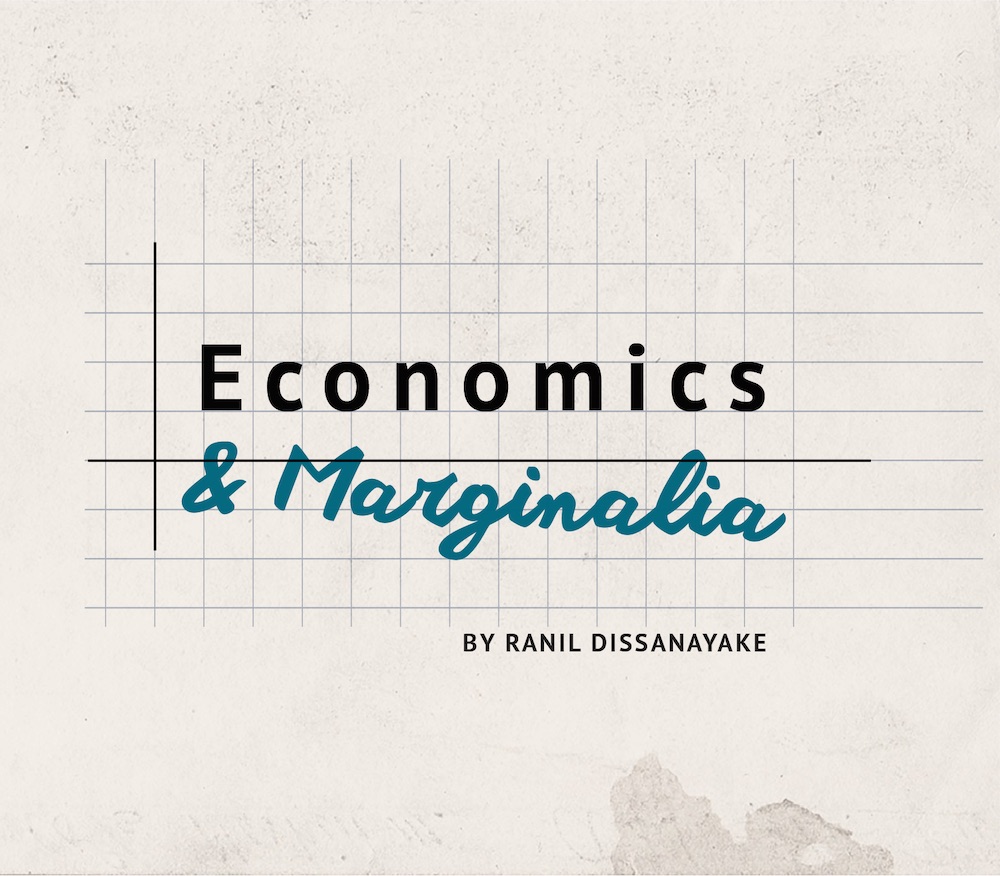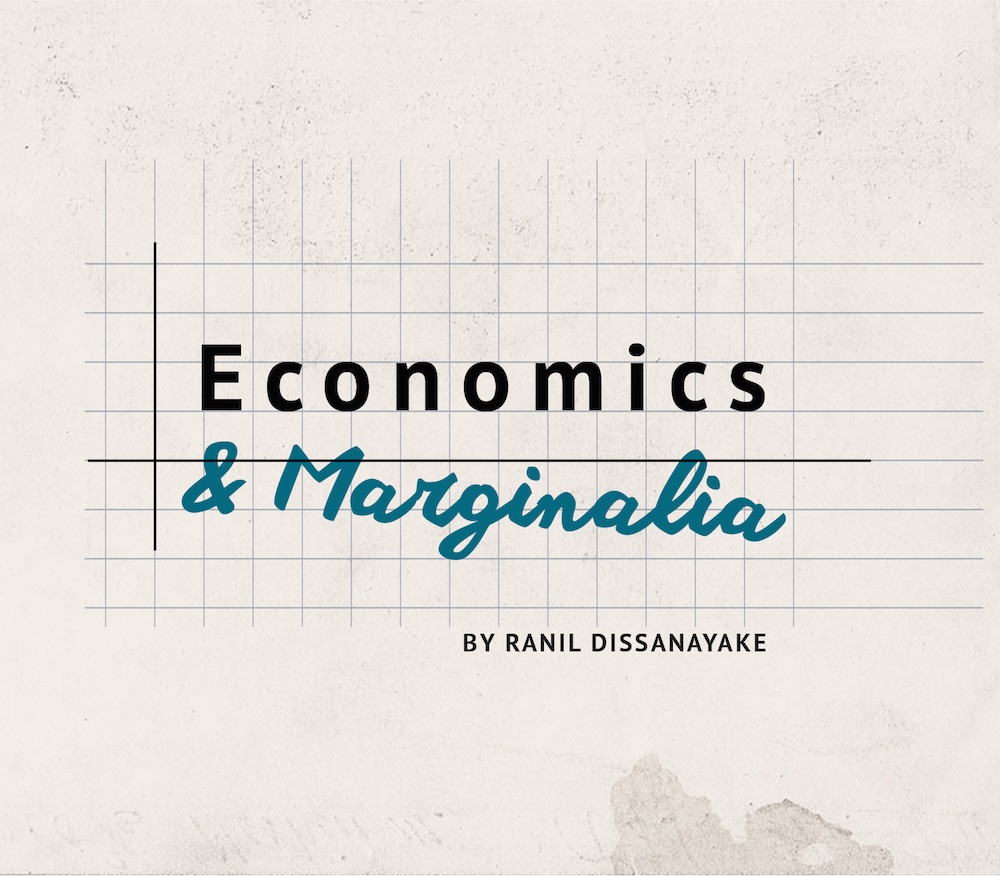Recommended
Hi all,
After paralysis and despair in the face of infinite shades of off-white paint a couple of weeks ago, I have graduated to a new form of suffering: choosing tiles. Tiles are even more fiendish, because the choice is multiplicative: you can choose several colours, finishes, crackles, glazes and glosses (are they different? I stopped listening to what I was typing after the first two adjectives), and then combine multiple tiles in different designs. Who knew? We were selecting designs today and my wife pointed out that a certain pattern was the one in the bathroom where we are now. After nearly a year, I hadn’t noticed. Frasier Crane captured my mood perfectly. I’m sure it will all look wonderful when completed, and perhaps as we approach the end and the choices are winnowed down, I’ll start to forget the agonizing path that point, in my own personalised peak-end rule experiment. Or perhaps having the links as a complaint journal will keep the pain fresh in my mind and induce us to hire a designer next time (should one ever arise). I hope we’ve learnt our lesson.
- Life is suffering, as choosing tiles brings home, but it isn’t only suffering. Sometimes life is intense moments of joyous epiphany that suddenly open out your horizons and make you aware of whole landscapes that had been hiding just out of your field of vision till that moment. For most reasonable people, such moments come when reading economics papers. By far my favourite thing this week was an episode of Planet Money in which three economists talk about finding papers that made them fall in love with economics and change their view of what economics could be (transcript). It’s particularly cool, because I saw the first paper covered, Amma Panin’s excellent God Insures Those Who Pay? presented at seminars at different stages of its development; and the second, Josh Angrist’s use of the Vietnam draft as a natural experiment was used extensively when I was learning econometrics the second time round. My own epiphanic paper was Avinash Dixit’s Investment and Hysteresis. I was 18 and had a year of undergrad economics under my belt and was getting increasingly discontented with how little the models I read seemed to resemble the way people actually behaved, even though I couldn’t put my finger on why and how it mattered (I had yet to discover Tversky and Kahneman and their disciples). This paper hit me like a ton of bricks because it took a model that was mechanical and awkward to me, and through the inclusion of one behavioural idea (rooted in sound economics), changed the conclusions dramatically. It inspired me to write a model myself and I’ve been hooked ever since, even as my tastes have changed enormously.
- I often recommend Nate Silver’s The Signal and the Noise to people who are curious about the world but are intimidated by statistics. One of the things I like about it is how many of the chapters revolve, in some way or another, around self-reflection and learning as a way of getting better at statistics and consequently at understanding the world around us. That same ethos comes out in Silver’s assessment of how FiveThirtyEight models did in predicting the recent elections in the US. They did quite well, but the fancier, more sophisticated ‘deluxe’ model they operate does less well than the simple nuts-and-bolts one they’ve been doing for years. It’s good to see him reflect on that, and ponder binning the fancy one altogether.
- It turns out that some of those nervous about statistics and yet to truly fall in love with economics are many of those who cover it for the BBC. They should be commended for a proper investigation into the quality of its economics coverage, uncomfortable as many of the findings are (commentary in the Guardian here, in the style of a pot hurling furious accusations at the kettle).
- Like Penny Goldberg, I am an enormous fan of hybrid working. I do like going into the office and brainstorming (and indeed, I think a forthcoming, rather good piece of work a colleague and I are completing at the moment benefited enormously from a face-to-face chat and a whiteboard), but having the flexibility to work from home makes removes so much of the stress of the working day, and I think it makes me much more productive. The data point in this direction, too, and I’m very happy CGD has fully embraced this model.
- ChatGPT is not going to do your Stata coding for you, yet… (but it might do it in R).
- Two very good write-ups in VoxDev. First, Jessica Leight and Eric Mvukiyehe show that a public works programme in Tunisia saw almost all of its short term gains dissipate in the medium term (but, as they note, this does not mean it is not worthwhile or cost effective: making a poor person’s life better for 5 years is nothing to sniff at). And secondly, James Sampi and co-authors demonstrate that better competition policy, removing barriers to firm entry, boost productivity growth in Peru. This should not surprise anyone, but it’s still an important finding to document well.
- Some time next week, LeBron James will likely become the highest scoring player in NBA history. LeBron is a miracle: any sports fan should get on their knees and thank whatever deity or non-deity they please for living in the same era as him. The Ringer break down what makes the chase so remarkable. It’s not just longevity that is getting him here: he is sprinting towards the target, scoring at a rate most 25 year olds never achieve. And this is not part of a general trend towards better play by older athletes: as he dominates, timelessly, the NBA is getting younger around him, and more difficult for old players: “Over the past four seasons—since James turned 35—the average NBA player has been younger than during any other stretch in NBA history. Any [medical] advances … have been eclipsed by the growing demands of the game itself.” And he’s not just a scorer: he is fourth in assists in history; no other player in the top 20 in scoring is even in the top 30 in assists. And he does what other players consider impossible, routinely. Yet, astonishingly, none of this is what’s most impressive about him. Since becoming professional at 18, he has done a huge amount of social activism and charity work, including founding a whole school for at-risk kids in his hometown, with adult learning, financial literacy and mental health support for their parents and free housing for those in need. He is a miracle.
Have a great weekend, everyone!
R
Disclaimer
CGD blog posts reflect the views of the authors, drawing on prior research and experience in their areas of expertise. CGD is a nonpartisan, independent organization and does not take institutional positions.




